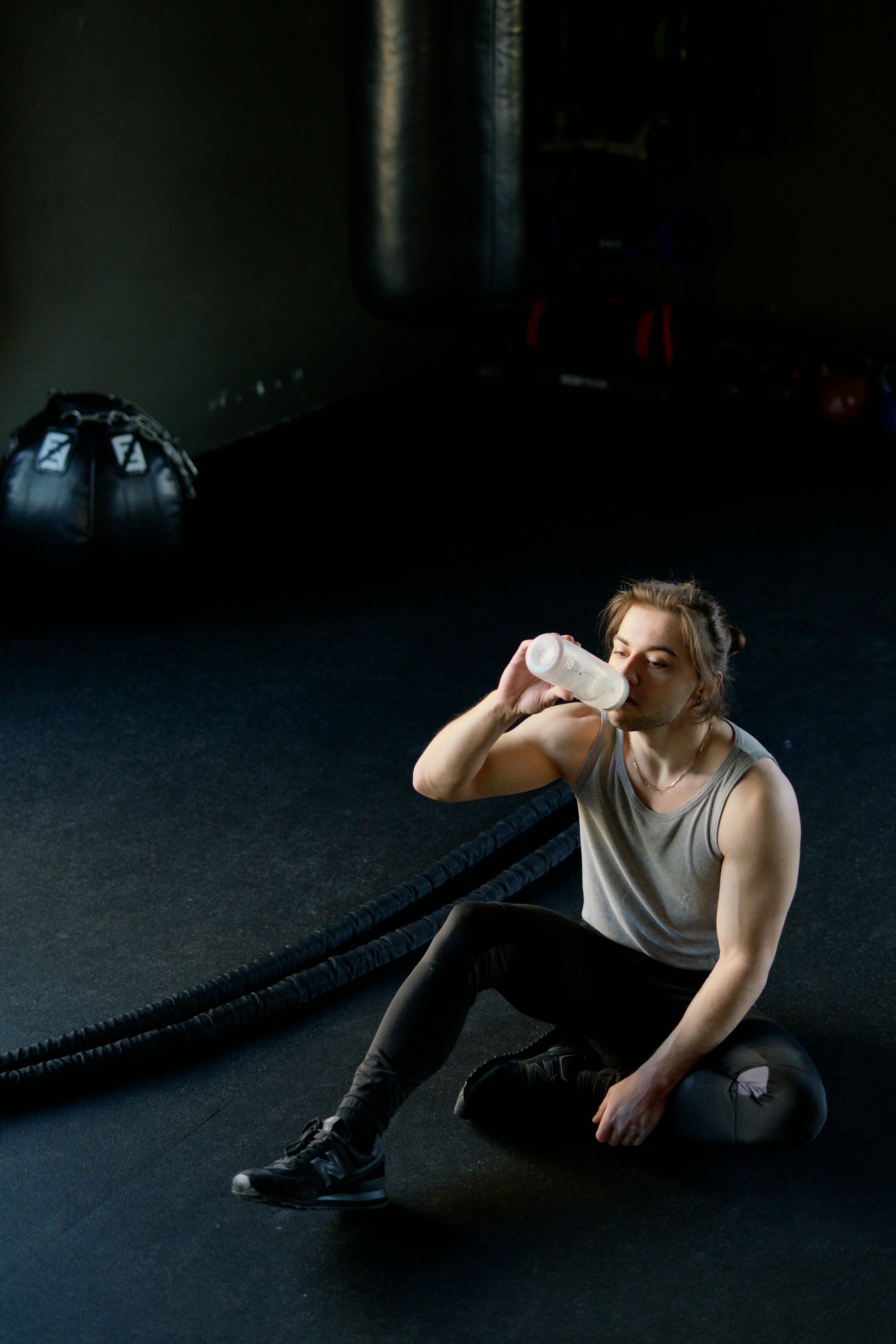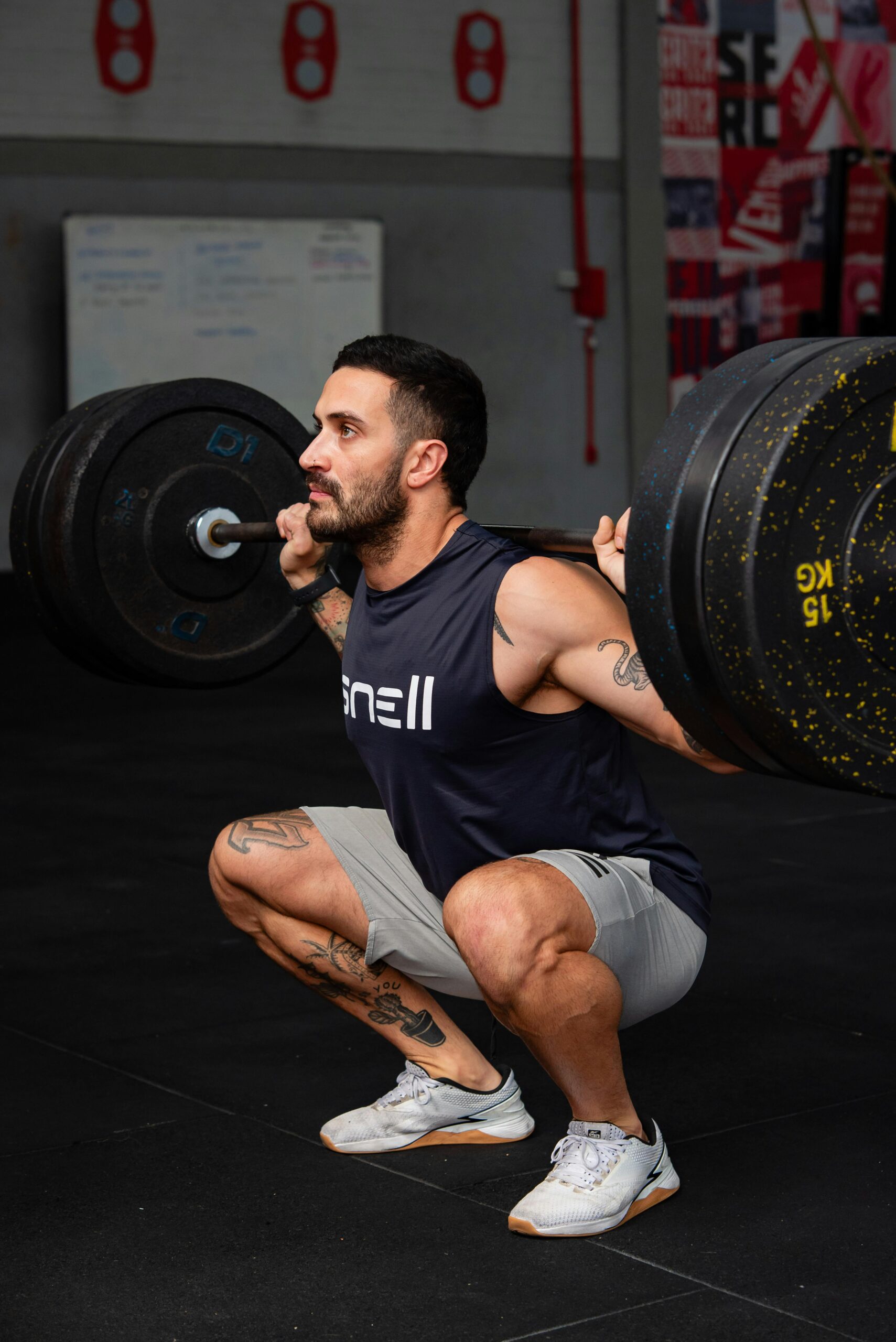Practical Guide to a 3-Day Split Training Plan for Muscle Building in 2025
In the world of fitness, muscle building remains a primary goal for many enthusiasts and athletes. A well-structured Muskelaufbau Trainingsplan, particularly the 3er Split, can significantly aid in achieving this goal by focusing on different muscle groups throughout the week. This guide provides a comprehensive overview of a 3-day split training plan, its importance, execution, and tips for maximizing your results in 2025.
The 3-day split allows individuals to engage in focused training sessions while ensuring ample recovery time for each muscle group. This approach not only enhances Krafttraining efficiency but also promotes Hypertrophie, leading to increased muscle mass over time. Whether you’re aiming for Bodybuilding, improving your strength, or enhancing your overall fitness, this guide will help you understand how to effectively implement a 3-day split in your routine.
In this article, you’ll find detailed sections on creating a practical training schedule, specific exercises to include, and tips for Ernährung beim Muskelaufbau. We’ll also explore recovery, motivation, and adaptations for training. By the end, you’ll be equipped with actionable insights to embark on, or refine, your muscle-building journey.

Creating an Effective 3-Day Split Training Schedule
Building on the fundamentals of strength training, the first step in your Muskelaufbau Trainingsplan is to set up an effective training schedule. A typical 3-day split will divide your workouts into upper body, lower body, and core sessions. This distribution ensures a balanced approach to strength training and allows each muscle group sufficient recovery time.
Understanding the Split
The 3-day split typically involves allocating days as follows: Day 1 focuses on the upper body, Day 2 on the lower body, and Day 3 on core training. By structuring your training this way, you allow different muscle groups to recover while still maintaining a consistent training frequency of three times per week.
Weekly Schedule Example
A sample schedule might look like this:
- Day 1: Oberkörpertraining (Upper Body training)
- Day 2: Unterkörpertraining (Lower Body training)
- Day 3: Bauchtraining (Core training)
- Rest Days: Ideally, take a day off between sessions for optimal recovery.
Keep in mind the importance of Trainingsfrequenz and consistency for muscle adaptation and growth. Each session should last about 60-90 minutes, maximizing the Trainingsintensität by ensuring your exercises are performed with proper form and technique.
Key Components of Each Workout
Each workout should consist of a variety of exercises catered to your targeted muscle groups. It’s crucial to include compound movements like bench presses, squats, and deadlifts to engage multiple muscle groups and stimulate growth effectively. Aim for Satz- und Wiederholungsanzahl that supports your fitness goals, typically 3-4 sets of 8-12 repetitions for hypertrophy.
Ensuring you have a well-rounded split training plan is paramount as it lays the foundation for advanced techniques such as periodization and progressive overload. Following these principles will not only escalate your muscle building but also aid in injury prevention.

Essential Exercises for Muscle Building
With your schedule set, it’s time to focus on specific exercises for each day that align with Muskelgruppen targeted. Understanding the ideal exercises for your split can enhance your Splittraining efficiency. Here’s a closer look at the quintessential exercises to include:
Upper Body Exercises
For your upper body workouts, primarily focus on push and pull movements:
- Bench Press: A fundamental exercise for building chest and tricep strength.
- Pull-Ups: Great for targeting the back and biceps, enhancing upper body strength.
- Dumbbell Shoulder Press: An effective exercise for shoulder hypertrophy.
Lower Body Exercises
Your lower body days should prioritize explosive movements to build strength and muscle:
- Squats: Essential for quad and glute development, crucial for muscle mass increase.
- Deadlifts: A full-body lift focusing on the hamstrings, glutes, and lower back.
- Lunges: Adds balance and coordination while promoting muscle definition.
Core Exercises
A robust core supports all your lifts and helps prevent injuries. Incorporate:
- Planks: A must for core stability and overall strength.
- Russian Twists: Enhance oblique strength and improve rotational power.
- Leg Raises: Effective for lower abdominal strength and hypertrophy.
Nutrition Strategies for Muscle Growth
No muscle building regimen is complete without considering nutrition. A well-balanced diet is essential to fuel your workouts and aid recovery. Let’s delve into some crucial dietary strategies to support your muscular goals.
Protein Intake
Ensuring adequate protein consumption is foundational for muscle recovery and growth. Aim for a minimum of 1.6-2.2 grams of protein per kilogram of body weight daily. Source proteins from lean meats, dairy, legumes, and ensure supplements are utilized if necessary.
Caloric Surplus for Gains
To effectively increase Muskelmasse erhöhen, maintaining a Kalorienüberschuss is vital. Focus on consuming more calories than you burn, prioritizing nutrient-dense foods over empty calories.
Hydration and Micronutrients
Stay hydrated and consider your intake of micronutrients, as they play significant roles in muscle recovery and overall health. Focus on a variety of fruits and vegetables to meet your vitamin and mineral needs, ensuring a robust immune system.
Recovery and Regeneration Techniques
The aspect of Regeneration is often overlooked, yet it’s crucial for maximizing your muscle building potential. Proper rest and recovery techniques can significantly enhance your results in training.
Understanding Recovery Phases
Recovery is not just about rest days; it involves active recovery practices as well. Consider integrating stretching, foam rolling, and low-intensity activities to keep the blood flowing and facilitate muscle repair.
Rest and Sleep Importance
Quality sleep (7-9 hours nightly) plays a fundamental role in muscle recovery and growth. Make sleep a priority for ensures your body can adequately recover and adapt from your training.
Monitoring Progress
Keep a training log to monitor your progress. Regularly adjusting your training variables, such as load and volume, in accordance with your current capabilities can streamline your Progression and ensure continuous improvement.
Motivation and Psychological Aspects of Training
Staying motivated throughout your muscle-building journey can pose challenges. However, embracing certain strategies can maintain your enthusiasm and commitment to your Fitnessprogramm.
Setting Clear Goals
Establish specific, measurable fitness goals that provide clear direction for your training regimen. Breaking these down into smaller achievable milestones can lead to enhanced motivation and consistent effort.
Training Partners and Support Systems
Finding a training partner can significantly boost your motivation levels, making workouts more enjoyable and accountable. The camaraderie also provides you with a support system for navigating challenges.
Mindset and Mental Training
Incorporate mental training techniques such as visualization and affirmations. Developing a positive mindset will enhance not just consistency in your regimen, but also performance during sessions.
Final Thoughts and Conclusion
In summary, implementing a 3er Split training plan for muscle building in 2025 can lead to substantial gains when paired with a solid approach to nutrition, recovery, and motivation. Remember, Trainingsanpassung as necessary to keep progressing, and stay informed through reliable fitness resources.
For further reading, check out these helpful resources:
